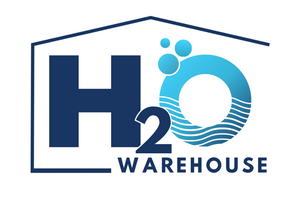Irrigation 101: A Beginner's Guide to Efficient Watering
Irrigation 101: A Beginner's Guide to Efficient Watering
Efficient irrigation is the cornerstone of healthy gardens, thriving crops, and sustainable water usage. Whether you’re a novice gardener or an agricultural enthusiast, understanding the basics of irrigation can save you time, money, and resources. Here’s a beginner’s guide to efficient watering:
What Is Irrigation?
Irrigation is the process of supplying water to plants in a controlled manner. The aim is to ensure optimal growth, prevent overwatering, and minimise water wastage. Modern irrigation systems can range from simple manual setups to automated, high-tech solutions.
Types of Irrigation Systems
-
Drip Irrigation: Delivers water directly to the plant’s roots through small emitters. Best for water conservation and precise watering.
-
Sprinkler Systems: Mimics rainfall by spraying water across a designated area. Ideal for lawns and larger gardens.
-
Surface Irrigation: Water flows over the soil surface to reach plants. Commonly used in agricultural fields.
-
Manual Watering: Using a hose or watering can. Suitable for small gardens or specific plants.
Benefits of Efficient Irrigation
-
Conserves water by reducing waste.
-
Promotes healthy plant growth.
-
Saves time and labour with automated systems.
-
Prevents overwatering and soil erosion.
Tips for Beginners
-
Assess your soil type and water needs.
-
Start small and scale your system as needed.
-
Use timers or smart controllers for consistent watering.
-
Regularly inspect your system for leaks or blockages.
Efficient irrigation is an investment in your garden’s success and environmental sustainability.
- Choosing a selection results in a full page refresh.

